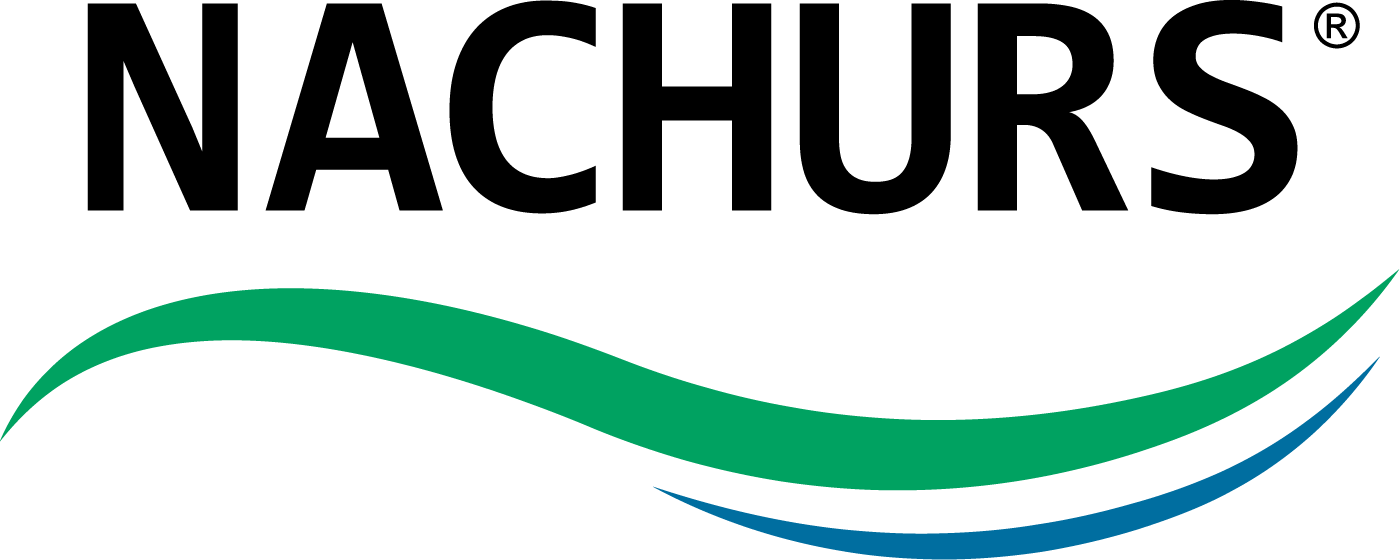Soil and Plant Health: Maximizing Crop Production
Very few Ag publications today fail to publish at least one article discussing Soil Health. Advanced practices in tillage along with the use of cover crops and combining that with the use of growth regulators and rhizobacteria, such as that which is in our Rhyzo-Link products, are practices that will lead us in part to greater levels in crop production. The common link between our soils, the plant and the symbiotic relationship between them all is Carbon and I’d like to take the next few paragraphs to add some clarity on the subject. First, I want to turn over a few basic pieces and define carbon as it pertains to crop production. Carbon in the soil can be found in various stages of decomposition and varying degrees of usefulness. Soil carbons reside in three levels or organic pools. The first pool is called “Readily Available” and is believed to cycle in one to two years and are primarily derived from the breakdown of plant and animal residues. These are simple carbons that will become available to crop production shortly after the breakdown of crop residue, manures or plowdown like cover crops. Many of the papers and the research that I have read suggests that on an average soil this pool of Readily Available carbons make up approximately 15% of the organic composition of the soil. The second pool is called “Slowly Available” and is thought to cycle within decades and is made up of the more complex or less soluble organic components left over from the previous processes of degradation and is believed to make up approximately 35% of the organic composition of the soil. The majority of the organic input to crop production comes from the Readily and Slowly Available pools of organic matter or the “active fraction”. The third pool of soil carbon is called “Humus” and is the oldest and least soluble form of soil carbons making up approximately 50% of the organic composition of the soil. It is a result of many years of degradation of organic sources. In fact, it is known that Humus is several hundreds of years old and some Humus sources have been found to be thousands of years old. Having been subjected to the forces of breakdown for many years, the resulting humus ends up being a very stable form of carbon. This pool of soil carbons contribute little chemically in the way of plant nutrition. It is only after the Humus has been broken down from its original state that it takes on a form that we can use effectively in crop production. Humus does however provide substantial benefits in its current state, where soil structure and nutrient holding capacity is concerned. Another way to look at soil carbons is to look at their solubility or availability to plants. Humus or Humic substances can be subdivided into three sub-divisions, Humins, Humic Acid and Fulvic Acid. Humins, are the largest of all carbon molecules and combined with its complexity makes it the most resistant to breakdown. Humins are not water soluble and are only made available by acidic or alkaline environments. Humins support a number of functions in the soil such as nutrient retention as part of the cation exchange capacity, it can improve water management both in holding capacity and percolation, it becomes part of the soil structure and it supports the overall soil fertility. Humic acids are a mixture of weaker organic acids that are not soluble under acid conditions but are available under alkaline conditions. Humic acids are approximately 100 times smaller than Humins, are more active and are therefore much more available to plants. Humic acids have a number of functions as you might have heard me say before, it acts like a great bank for holding or chelating nutrients. Research has identified nearly 60 different mineral elements held within naturally occurring Humic acids. These elements are complexed with organic molecules in a form that can be readily taken up by growing crops. Fulvic acids are a mixture of organic acids that are soluble at all pH environments and are quite variable in shape and composition. The size of a fulvic acid molecule is the smaller of the previous organic acids and is approximately 1000 times smaller than humins and 10 times smaller than humic acid. Even though they are small in size, in comparison, fulvic acids are much more reactive and possess an exchange capacity more than twice that of humic acids. By combining good practice focused on soil health and fertilizer products such as our Rhizo-Link products not only can we influence plant growth but we can improve the soils ability to exchange nutrient which in turn will help maximize crop production. Let me explain……………. Let’s say that we have applied a foliar treatment. The response to an application is for the plant to utilize our product initially in the plant cells and metabolic sites. Additionally as carbohydrates are produced in the leaves they are transported downward into the root structures and are expelled in part as exudates. These exudates provide fuel for a host of microorganisms that in turn release acids and other organic compounds that further mineralize nutrients in the soil that will promote plant growth. Many of the necessary nutrients are impacted in some way by this process, with phosphorus being one which benefits the most. Along with the mineralization of nutrient, other microorganisms will make use of the exudates and manufacture growth hormones that in turn influence crop production.-Jay Castleman, Eastern US Sales Agronomist
Very few Ag publications today fail to publish at least one article discussing Soil Health. Advanced practices in tillage along with the use of cover crops and combining that with the use of growth regulators and rhizobacteria, such as that which is in our Rhyzo-Link products, are practices that will lead us in part to greater levels in crop production.
The common link between our soils, the plant and the symbiotic relationship between them all is Carbon and I’d like to take the next few paragraphs to add some clarity on the subject.
First, I want to turn over a few basic pieces and define carbon as it pertains to crop production. Carbon in the soil can be found in various stages of decomposition and varying degrees of usefulness. Soil carbons reside in three levels or organic pools.
The first pool is called “ Readily Available ” and is believed to cycle in one to two years and are primarily derived from the breakdown of plant and animal residues. These are simple carbons that will become available to crop production shortly after the breakdown of crop residue, manures or plowdown like cover crops. Many of the papers and the research that I have read suggests that on an average soil this pool of Readily Available carbons make up approximately 15% of the organic composition of the soil.
The second pool is called “ Slowly Available ” and is thought to cycle within decades and is made up of the more complex or less soluble organic components left over from the previous processes of degradation and is believed to make up approximately 35% of the organic composition of the soil.
The majority of the organic input to crop production comes from the Readily and Slowly Available pools of organic matter or the “active fraction”.
The third pool of soil carbon is called “ Humus ” and is the oldest and least soluble form of soil carbons making up approximately 50% of the organic composition of the soil.
It is a result of many years of degradation of organic sources. In fact, it is known that Humus is several hundreds of years old and some Humus sources have been found to be thousands of years old.
Having been subjected to the forces of breakdown for many years, the resulting humus ends up being a very stable form of carbon. This pool of soil carbons contribute little chemically in the way of plant nutrition. It is only after the Humus has been broken down from its original state that it takes on a form that we can use effectively in crop production. Humus does however provide substantial benefits in its current state, where soil structure and nutrient holding capacity is concerned.
Another way to look at soil carbons is to look at their solubility or availability to plants. Humus or Humic substances can be subdivided into three sub-divisions, Humins, Humic Acid and Fulvic Acid.
Humins , are the largest of all carbon molecules and combined with its complexity makes it the most resistant to breakdown. Humins are not water soluble and are only made available by acidic or alkaline environments. Humins support a number of functions in the soil such as nutrient retention as part of the cation exchange capacity, it can improve water management both in holding capacity and percolation, it becomes part of the soil structure and it supports the overall soil fertility.
Humic acids are a mixture of weaker organic acids that are not soluble under acid conditions but are available under alkaline conditions. Humic acids are approximately 100 times smaller than Humins, are more active and are therefore much more available to plants. Humic acids have a number of functions as you might have heard me say before, it acts like a great bank for holding or chelating nutrients. Research has identified nearly 60 different mineral elements held within naturally occurring Humic acids. These elements are complexed with organic molecules in a form that can be readily taken up by growing crops.
Fulvic acids are a mixture of organic acids that are soluble at all pH environments and are quite variable in shape and composition. The size of a fulvic acid molecule is the smaller of the previous organic acids and is approximately 1000 times smaller than humins and 10 times smaller than humic acid. Even though they are small in size, in comparison, fulvic acids are much more reactive and possess an exchange capacity more than twice that of humic acids.
By combining good practice focused on soil health and fertilizer products such as our Rhizo-Link products not only can we influence plant growth but we can improve the soils ability to exchange nutrient which in turn will help maximize crop production.
Let me explain……………. Let’s say that we have applied a foliar treatment. The response to an application is for the plant to utilize our product initially in the plant cells and metabolic sites. Additionally as carbohydrates are produced in the leaves they are transported downward into the root structures and are expelled in part as exudates. These exudates provide fuel for a host of microorganisms that in turn release acids and other organic compounds that further mineralize nutrients in the soil that will promote plant growth.












